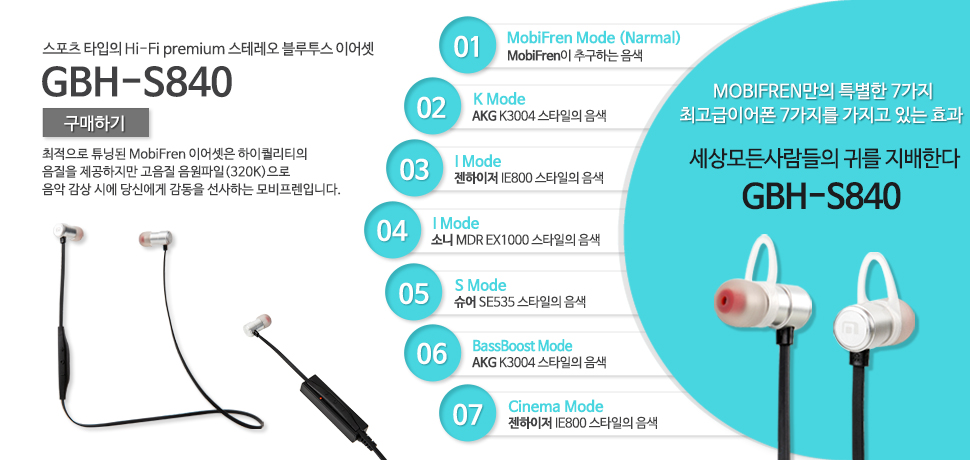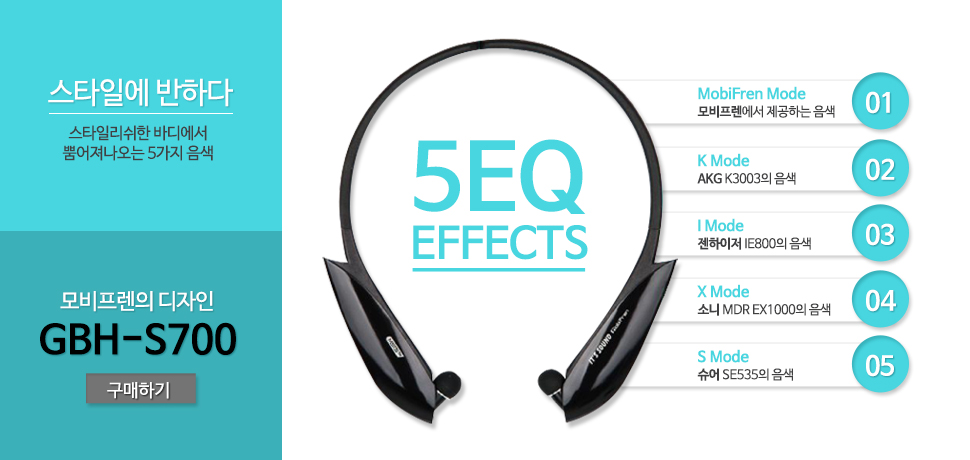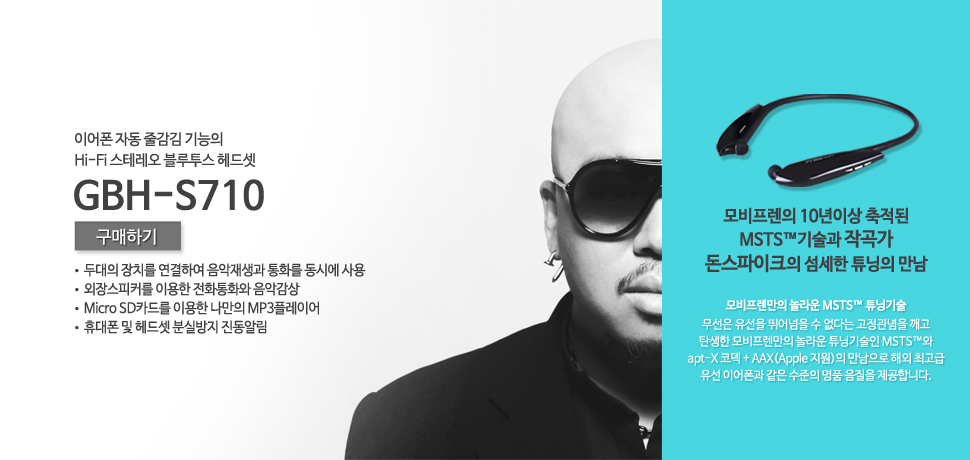Get Better Deepseek Results By Following three Easy Steps
페이지 정보
작성자 Jamal 날짜25-02-03 18:24 조회3회 댓글0건본문
![]() With this playground, you may effortlessly check the DeepSeek models accessible in Azure AI Foundry for native deployment. The DeepSeek model optimized in the ONNX QDQ format will quickly be accessible in AI Toolkit’s model catalog, pulled straight from Azure AI Foundry. Pc, you can also try the cloud-hosted supply mannequin in Azure Foundry by clicking on the "Try in Playground" button below " DeepSeek R1". The use of Janus-Pro models is subject to DeepSeek Model License. A. To make use of DeepSeek-V3, ديب سيك it is advisable set up Python, configure surroundings variables, and call its API. A step-by-step guide to arrange and configure Azure OpenAI throughout the CrewAI framework. Introducing the groundbreaking DeepSeek-V3 AI, a monumental development that has set a new standard within the realm of artificial intelligence. Unlike conventional models, DeepSeek-V3 employs a Mixture-of-Experts (MoE) architecture that selectively activates 37 billion parameters per token. Despite having a large 671 billion parameters in whole, solely 37 billion are activated per forward go, making DeepSeek R1 extra useful resource-efficient than most equally massive models. To achieve the twin goals of low memory footprint and quick inference, much like Phi Silica, we make two key adjustments: First, we leverage a sliding window design that unlocks tremendous-quick time to first token and lengthy context assist despite not having dynamic tensor assist in the hardware stack.
With this playground, you may effortlessly check the DeepSeek models accessible in Azure AI Foundry for native deployment. The DeepSeek model optimized in the ONNX QDQ format will quickly be accessible in AI Toolkit’s model catalog, pulled straight from Azure AI Foundry. Pc, you can also try the cloud-hosted supply mannequin in Azure Foundry by clicking on the "Try in Playground" button below " DeepSeek R1". The use of Janus-Pro models is subject to DeepSeek Model License. A. To make use of DeepSeek-V3, ديب سيك it is advisable set up Python, configure surroundings variables, and call its API. A step-by-step guide to arrange and configure Azure OpenAI throughout the CrewAI framework. Introducing the groundbreaking DeepSeek-V3 AI, a monumental development that has set a new standard within the realm of artificial intelligence. Unlike conventional models, DeepSeek-V3 employs a Mixture-of-Experts (MoE) architecture that selectively activates 37 billion parameters per token. Despite having a large 671 billion parameters in whole, solely 37 billion are activated per forward go, making DeepSeek R1 extra useful resource-efficient than most equally massive models. To achieve the twin goals of low memory footprint and quick inference, much like Phi Silica, we make two key adjustments: First, we leverage a sliding window design that unlocks tremendous-quick time to first token and lengthy context assist despite not having dynamic tensor assist in the hardware stack.
The mixture of low-bit quantization and hardware optimizations such the sliding window design assist deliver the conduct of a larger mannequin within the memory footprint of a compact model. The distilled Qwen 1.5B consists of a tokenizer, embedding layer, a context processing mannequin, token iteration model, a language mannequin head and de tokenizer. 5" mannequin, and sending it prompts. The article examines the idea of retainer bias in forensic neuropsychology, highlighting its moral implications and the potential for biases to influence professional opinions in legal circumstances. This creates a wealthy geometric panorama where many potential reasoning paths can coexist "orthogonally" without interfering with one another. This empowers builders to faucet into highly effective reasoning engines to construct proactive and sustained experiences. Additionally, we use the ONNX QDQ format to allow scaling throughout a variety of NPUs we've got in the Windows ecosystem. Additionally, we take advantage of Windows Copilot Runtime (WCR) to scale throughout the various Windows ecosystem with ONNX QDQ format. Second, we use the 4-bit QuaRot quantization scheme to really reap the benefits of low bit processing. The optimized DeepSeek models for the NPU take advantage of a number of of the key learnings and strategies from that effort, together with how we separate out the assorted components of the mannequin to drive one of the best tradeoffs between efficiency and efficiency, low bit charge quantization and mapping transformers to the NPU.
We focus the bulk of our NPU optimization efforts on the compute-heavy transformer block containing the context processing and token iteration, whereby we employ int4 per-channel quantization, and selective combined precision for the weights alongside int16 activations. While the Qwen 1.5B release from DeepSeek does have an int4 variant, it does not directly map to the NPU due to presence of dynamic enter shapes and behavior - all of which needed optimizations to make appropriate and extract the most effective efficiency. For multimodal understanding, it uses the SigLIP-L because the imaginative and prescient encoder, which supports 384 x 384 image input. Janus-Pro is a unified understanding and generation MLLM, which decouples visible encoding for multimodal understanding and generation. Janus-Pro is a novel autoregressive framework that unifies multimodal understanding and technology. The decoupling not only alleviates the battle between the visible encoder’s roles in understanding and generation, but also enhances the framework’s flexibility. It addresses the constraints of previous approaches by decoupling visible encoding into separate pathways, while still using a single, unified transformer architecture for processing. With our work on Phi Silica, we had been capable of harness extremely environment friendly inferencing - delivering very competitive time to first token and throughput rates, whereas minimally impacting battery life and consumption of Pc resources.
First things first…let’s give it a whirl. The first launch, DeepSeek-R1-Distill-Qwen-1.5B (Source), will likely be available in AI Toolkit, with the 7B (Source) and 14B (Source) variants arriving quickly. That's to say, there are different models on the market, like Anthropic Claude, Google Gemini, and Meta's open source model Llama which are just as succesful to the typical user. DeepSeek R1 breakout is a huge win for open supply proponents who argue that democratizing entry to highly effective AI models, ensures transparency, innovation, and wholesome competitors. Participate within the quiz based on this e-newsletter and the lucky 5 winners will get an opportunity to win a coffee mug! DeepSeek achieved spectacular outcomes on much less succesful hardware with a "DualPipe" parallelism algorithm designed to get around the Nvidia H800’s limitations. Hampered by trade restrictions and access to Nvidia GPUs, China-primarily based DeepSeek had to get inventive in developing and training R1. AI Toolkit is a part of your developer workflow as you experiment with fashions and get them ready for deployment. Get able to play!
Should you loved this article and you would like to receive more info with regards to ديب سيك kindly visit our own site.
댓글목록
등록된 댓글이 없습니다.












